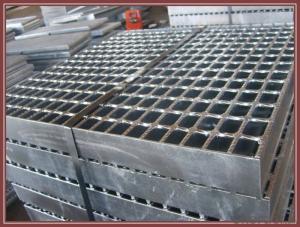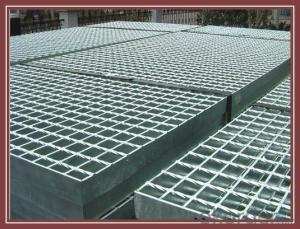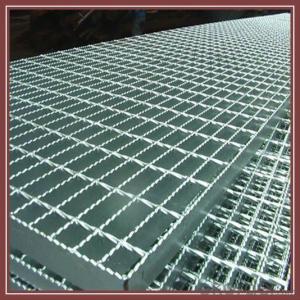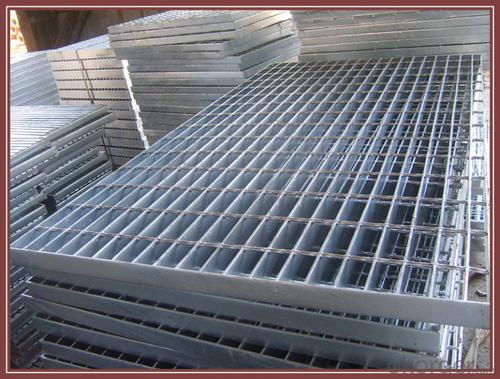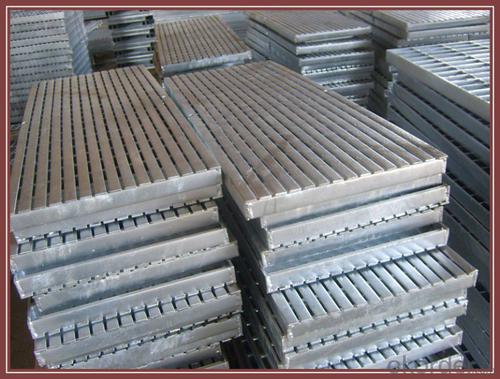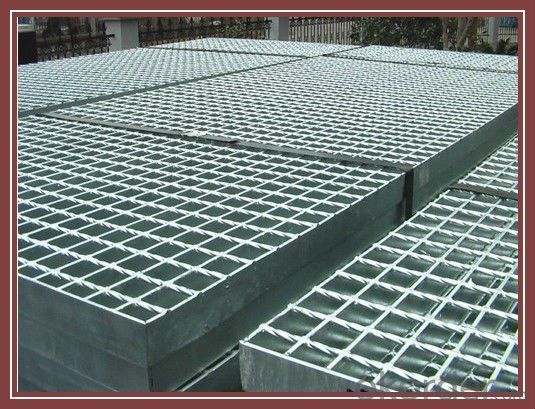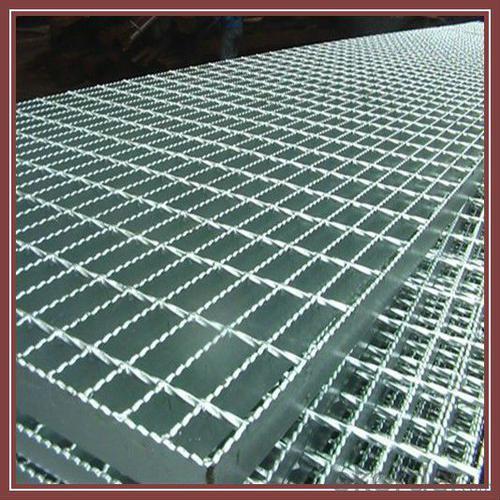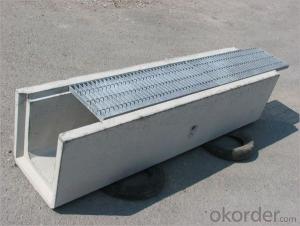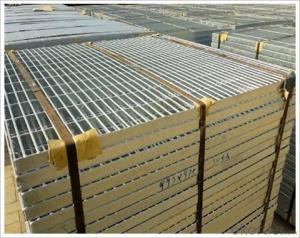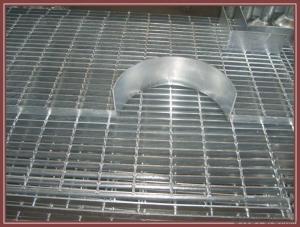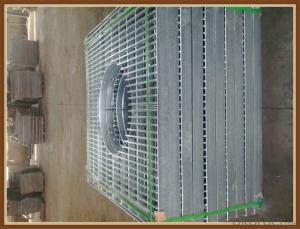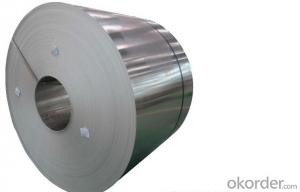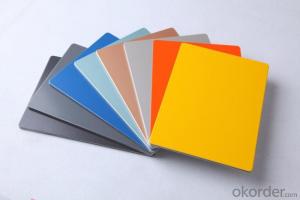Outdoor Architectural Aluminum Sheets - Aluminum Gratings for Stair Trench Welded Steel Gratings, Pressure-Locked, Socket-Welding
- Loading Port:
- Qingdao
- Payment Terms:
- TT OR LC
- Min Order Qty:
- 5000 pc
- Supply Capability:
- 6000000 pc/month
OKorder Service Pledge
OKorder Financial Service
You Might Also Like
1.Description of Drainage trench cover:
Drainage trench cover is widely used in the urban road, the square, the botanical garden, the wharf, the airport, the parking lot, the road, each kind of industry, the civil project, etc.
2.Main features of Drainage trench cover:
I--Carrying 20 tons of weight
II—Carrying 14 tons of weight
III---carrying 6 tons of weight
IV---carrying 2 tons of weight
V---Carrying pedestrian weight
3.Glass Wool Blanket Images:
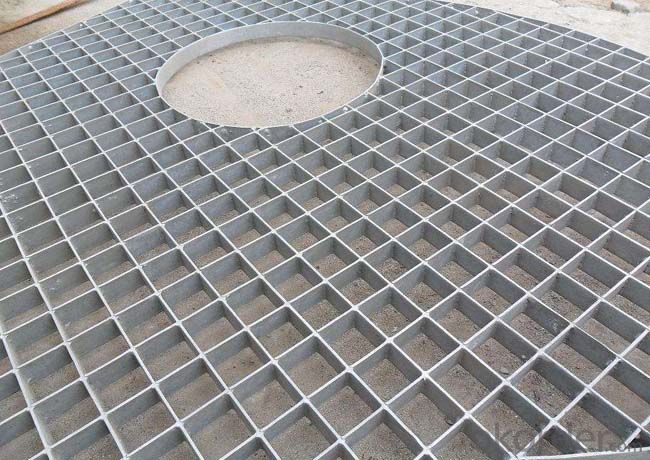
4. Drainage Trench Cover Technical Parameters:
These drain cover plate applies to the road cross-sectional and longitudinal drain. The drains width ranging from 200mm to 550mm.
A means the steel grating length
H means the steel grating height
A means the frame length
H means the frame height
5.FAQ
We have organized several common questions for our clients,may help you sincerely:
①How about your company?
A world class manufacturer & supplier of Drainage trench cover is
one of the large scale professional investment casting production bases in China,consisting of both casting foundry forging and machining factory. Annually more than 8000 tons Precision casting and forging parts are exported to markets in Europe,America and Japan. OEM casting and forging service available according to customer’s requirement.
②How to guarantee the quality of the products?
We have established the international advanced quality management system every link from raw material to final product we have strict quality test; We resolutely put an end to unqualified products flowing into the market. At the same time, we will provide necessary follow-up service assurance.
- Q: How do you prevent surface marring of aluminum sheets during handling?
- To prevent any damage to the surface of aluminum sheets when handling them, there are several steps that can be taken: 1. Use clean gloves or finger cots: It is important to avoid direct contact between bare hands and the aluminum sheets, as hands can contain oils, dirt, or other contaminants that may leave marks on the surface. Wearing clean gloves or finger cots acts as a barrier and prevents any transfer of substances onto the sheets. 2. Utilize protective packaging: Before handling the sheets, consider using protective packaging such as foam or plastic sheets to cover the surface. This provides an additional layer of protection against scratches or abrasions during transportation or storage. 3. Implement proper storage and handling techniques: Store the aluminum sheets in a clean and dry environment, away from any abrasive materials or surfaces. When moving or handling the sheets, ensure they are lifted or supported evenly to prevent bending or distortion that could lead to surface damage. Using appropriate lifting equipment, such as suction cups or clamps, helps distribute the weight evenly and minimizes the risk of harm. 4. Regularly clean the surface: Clean the aluminum sheets on a regular basis using a mild detergent or cleaning solution specifically designed for aluminum. This removes any dirt, grime, or other substances that could potentially cause surface damage. Ensure soft, non-abrasive cleaning tools like microfiber cloths or sponges are used to avoid scratching. 5. Implement quality control measures: Establish quality control measures during the handling process to identify any potential causes of surface damage. Conduct regular inspections to check for signs of harm or defects. Properly train employees involved in the handling process to minimize the risk of surface damage. By following these preventive measures, the chances of surface damage to aluminum sheets during handling are significantly reduced, ensuring they remain in pristine condition and maintain their quality.
- Q: My professor gave us the following:1roll of Reynonlds Wrap Heavy Duty Aluminum18.0 in wide, 500.0 ft long and 0.94mil thickThe cost $48.98and I'm not sure how to figure it out
- You have : ---------------- V = aluminum volume in one roll = ( L ) ( W ) ( t ) V = ( 500 ft ) ( 1.5 ft ) ( 0.94 mil ) ( 1 in / 1000 mil ) ( 1 ft/12 in ) V = 0.05875 ft^3 m = aluminum mass = ( d ) ( V ) m = ( 168 lbm/ft^3 ) ( 0.05875 ft^3 ) = 9.87 lbm m = ( 9.87 lbm ) ( 453.6 g / 1.0 lbm ) = 4477 g n = moles of aluminum in one roll = m / M n = ( 4477 g ) / ( 27 g/mol ) = 165.8 moles Al N Al atoms = ( n Al ) ( NAVO ) N Al atoms = ( 165.8 mol ) ( 6.022 x 10^23 atoms / mol ) N Al atoms = 998.5 x 10^23 Al atoms C* = cost per atom = cost of aluminum roll / number of aluminum atoms in one roll C* = ( 4898 cents ) / 998.5 x 10^23 atoms ) C* = 4.91 x 10^-23 cents per Al atom --------------- Please award Best Answer to the most correct and most helpful response to your question. C* =
- Q: This question asks for precautions or methods to protect aluminum sheets from damage during the installation process.
- <p>To ensure that the installation process does not damage aluminum sheets, follow these steps: Use protective gloves to avoid scratches from hand oils or dirt. Employ non-marring tools to prevent any indentations or marks. Handle the sheets carefully to avoid bending or denting. Keep the surface clean and dry to prevent any chemical reactions or stains. Use appropriate support structures to distribute weight evenly and prevent warping. Always follow the manufacturer's guidelines for installation to avoid any improper handling that could lead to damage. Regularly inspect the sheets for any signs of damage during the installation process and address any issues promptly.</p>
- Q: I have no idea, and I can't figure this out, and neither can my aunt and she's super smart. It's this project that's due on Monday, and if I can't get it turned in, then I get detention and a failing lab grade. The only information I have is it's $2.96 for a roll of aluminum, it contains 2.96 square meters, and it weighs .995 grams...
- 3 square meters masses less than a gram - surely not But lets assume you have 0.995 grams. Dividing this number by 26.98(molar mass of AL) would give you moles of Al. Multiplying the number of moles X Avogadro's number (6.022 X 10^23) would give you atoms of Al. That number of atoms will cost you $2.96 . Dividing the cost by the total number of atoms will give you dollars per atom.
- Q: How does the surface cleanliness of aluminum sheet affect its adhesion properties?
- The adhesion properties of aluminum sheet are significantly influenced by its surface cleanliness. Contaminants, such as dirt, grease, or oxide layers, can impede the effectiveness of adhesive bonding with the aluminum sheet. To achieve strong adhesive bonds, it is essential to have a clean and well-prepared surface. When the aluminum sheet is free from contaminants, the adhesive can evenly spread and intimately connect with the surface, resulting in a stronger bond. Conversely, if the surface is not clean, the adhesive may struggle to adhere properly, leading to weak or unreliable bonds. In addition to contaminants, the presence of oxide layers on the aluminum surface can also impact adhesion properties. Aluminum naturally forms an oxide layer when exposed to air, which can hinder adhesive bonding. It is necessary to remove or modify this oxide layer to ensure good adhesion. Surface preparation methods, such as cleaning, degreasing, and treating with chemical solutions, can help eliminate or alter the oxide layer, thereby allowing for better adhesion. Various techniques can be employed to improve the cleanliness and adhesion properties of aluminum sheets. These include mechanical cleaning methods such as abrasive cleaning or sanding, solvent cleaning, acid etching, or even plasma cleaning. The selection of each method depends on the type and extent of contamination present on the surface. In conclusion, the surface cleanliness of aluminum sheet directly impacts its adhesion properties. A clean and properly prepared surface promotes better adhesion by facilitating intimate contact between the adhesive and the aluminum sheet. Therefore, it is crucial to consider and address surface cleanliness when aiming for strong and reliable adhesive bonds with aluminum sheets.
- Q: What is the thermal conductivity of aluminum sheets?
- Aluminum sheets exhibit high thermal conductivity, reaching around 237 W/m·K. This quality endows aluminum with exceptional heat conduction capabilities, enabling efficient heat transfer between different regions. Consequently, aluminum sheets find widespread application in various domains, including heat sinks, radiators, and cooking pans.
- Q: What is the cost of aluminum sheets?
- The pricing of aluminum sheets can fluctuate based on a range of factors, including the thickness, size, and grade of the aluminum. Moreover, market conditions and the pricing policies of suppliers can also impact the cost. To obtain the most precise and current pricing information for aluminum sheets, it is advisable to reach out to local suppliers or conduct an online search.
- Q: What are the fire resistance properties of aluminum sheets?
- Due to its high melting point and low thermal conductivity, aluminum sheets possess excellent fire resistance properties. Unlike other commonly used metals like steel, aluminum has a melting point of approximately 660 degrees Celsius, signifying its ability to withstand high temperatures without compromising its structural integrity. Moreover, aluminum's low thermal conductivity minimizes heat transfer, thereby hindering fire propagation and limiting the spread of heat to neighboring areas. In addition, aluminum does not release toxic gases or emit hazardous fumes when exposed to fire, rendering it a secure material for fire-prone environments. These fire-resistant characteristics have made aluminum sheets a preferred choice in numerous applications that prioritize fire safety, including aircraft, building, and automotive component construction.
- Q: What are the common thicknesses of aluminum sheets used in aerospace applications?
- Aluminum sheets are commonly utilized in aerospace applications because of their lightweight and high strength properties. The thickness of these sheets can vary based on the specific needs of the fabricated component or structure. Aluminum sheets in aerospace applications typically have thicknesses ranging from 0.016 inches (0.4 mm) to 0.25 inches (6.35 mm). These thicknesses are chosen considering factors such as the desired strength-to-weight ratio, structural integrity, and the specific application or component being manufactured. Thinner aluminum sheets, with a thickness of 0.016 to 0.040 inches, are frequently used for lightweight structures, interior components, and non-critical parts. These thin sheets provide the necessary strength while keeping weight at a minimum. Thicker aluminum sheets are employed for more structural components. Typically, thicknesses between 0.040 and 0.125 inches are utilized for structural elements like floor panels, bulkheads, and wing ribs. These sheets offer enhanced strength and rigidity to support the aircraft's weight and handle the stresses experienced during flight. In certain cases, even thicker aluminum sheets ranging from 0.125 to 0.25 inches may be employed for heavy-duty structural components or areas requiring additional strength. These thicker sheets are used for critical parts like landing gear components, wing spars, and engine mounts to ensure the necessary structural integrity and load-bearing capability. It is important to note that these thickness ranges are general and may vary depending on the aircraft type, design specifications, and the specific application within the aerospace industry.
- Q: What is the density of 101 aluminum sheets?
- The density of 101 aluminum sheets depends on the thickness and dimensions of each sheet. In general, the density of aluminum is about 2.7 grams per cubic centimeter (g/cm³). To calculate the density of 101 aluminum sheets, you would need to know the mass and volume of each sheet. By dividing the total mass of the sheets by their total volume, you can determine the density.
Send your message to us
Outdoor Architectural Aluminum Sheets - Aluminum Gratings for Stair Trench Welded Steel Gratings, Pressure-Locked, Socket-Welding
- Loading Port:
- Qingdao
- Payment Terms:
- TT OR LC
- Min Order Qty:
- 5000 pc
- Supply Capability:
- 6000000 pc/month
OKorder Service Pledge
OKorder Financial Service
Similar products
Hot products
Hot Searches
Related keywords


